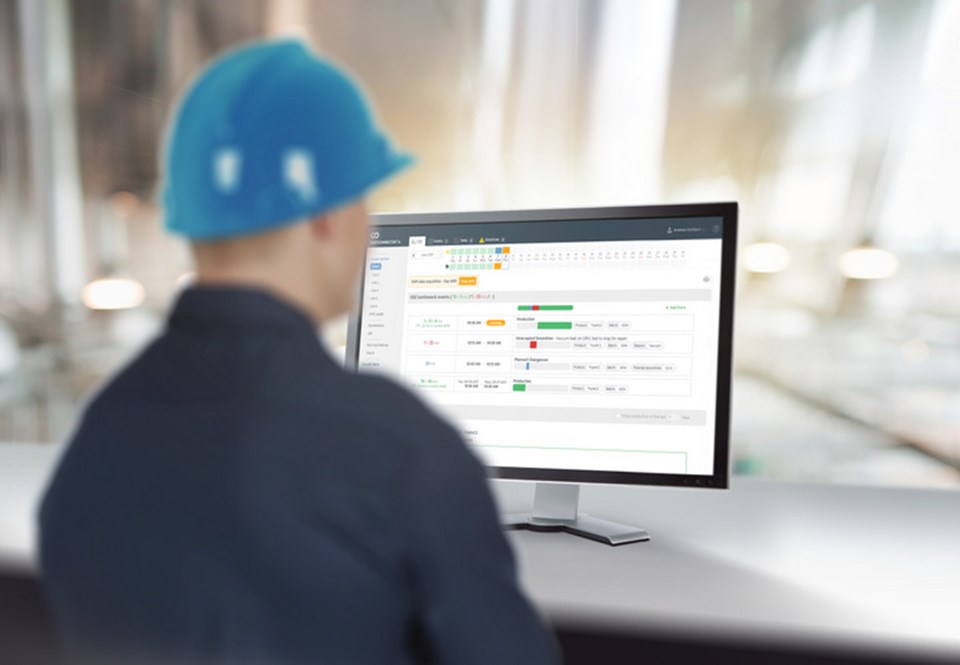Digital shift handover is essential for any business that runs digital operations.
It ensures a smooth and efficient transition of tasks and responsibilities between team members and allows for maintaining accurate and up-to-date work records.
While the process of digital shift handover may vary from company to company, some essential elements should be included in every handover.
This guide will give you an overview of what should be included in a digital shift handover and how to ensure it runs smoothly.
What Is Digital Shift Handover?
Digital shift handover is the process of transferring tasks, responsibilities and information between team members who are working in digital operations.
The purpose of digital shift handover is to ensure a smooth and efficient work transition and to maintain accurate and up-to-date records of what has been done.
Why Is Digital Shift Handover Important?
Digital shift handover is important for several reasons. Firstly, it helps to ensure that work is properly allocated and that team members know their responsibilities.
Secondly, it helps to avoid duplication of work and ensures that tasks are completed promptly and efficiently. Finally, digital shift handover helps maintain accurate work records, which can be used for reporting and auditing purposes.
How To Do A Digital Shift Handover?
A few essential elements should be included in every digital shift handover. These are:
- A list of tasks to be completed
- Assigned team members
- Deadline for each task
- Instructions for each task
- Follow-up plan
1. List Of Tasks To Be Completed
The first step in any digital shift handover app is to create a list of tasks to be completed. This should be a detailed list of all the tasks that need to be completed and the order in which they need to be completed. It is important to be as specific as possible when creating this list, as it will make it easier for team members to understand their responsibilities and complete the tasks promptly.
2. Assigned Team Members
The next step is assigning team members to each task on the list. It is important to ensure that each team member is aware of their responsibility for the task, and that they have the necessary skills and knowledge to complete it. If possible, it is also a good idea to provide team members with a copy of the list of tasks so they can refer to it when they are working.

3. Deadline For Each Task
Once the tasks have been assigned to team members, the next step is to set a deadline for each task. This will ensure that team members are aware of the need to complete the task by the specified date and will also help avoid any delays in completing the work.
4. Instructions For Each Task
The fourth step is to provide team members with instructions for each task. These instructions should be clear and concise, providing team members with all the information they need to complete the task. It is also a good idea to include a contact email address or phone number so that team members can get in touch if they have any questions.
5. Follow-Up Plan
The final step in any digital shift handover is to create a follow-up plan. This plan should specify how team members will be kept up-to-date on the progress of the work, and should also include a schedule for review meetings. Review meetings are important so that team members can discuss any problems or concerns they have, and to make sure that the work is on track.
Why Should You Use Digital Shift Handover?
There are many advantages to using digital shift handover, including:
- Reduced chances of human error: all the relevant information is stored in one place and can be accessed by both parties at any time.
- Time savings: no need for paper records or manual data entry.
- Ability to track performance and progress: employees can track their own performance and progress against targets.
- Increased efficiency: digital shift handover is a more efficient way of working.
- Improved communication: shift hand over software can help to improve communication between employees.
Tips
Here are some tips to help you make the most of digital shift handover:
- Keep it simple: don’t try to overcomplicate things. The goal is to make the shift handover process as streamlined and efficient as possible, so keep your processes and platform simple.
- Be flexible: be flexible with your digital shift handover system. As your business grows and changes, so will your shift handover needs. Make sure that your system can adapt to changes so that it can continue to meet your needs.
- Communicate: communication is key to the success of digital shift handover. Make sure to communicate the system launch to all employees and keep them up-to-date with any changes or updates.
- Get feedback: get feedback from your employees on how they find the digital shift handover system. This will help you identify areas for improvement and ensure that the system meets their needs.
We hope you found this guide to digital shift handover helpful. If you have questions or need help, our team is always available to assist you. Contact us today to find out more.
Final words
To overlay digital on top and blend the two techniques is something that we should all embrace.
The more you play around with the process and hone your skills, the more creative options you unlock for yourself when implementing this strategy. This is a look at how I would go about it and hopefully, it will help you to identify some new ways of approaching similar projects.

